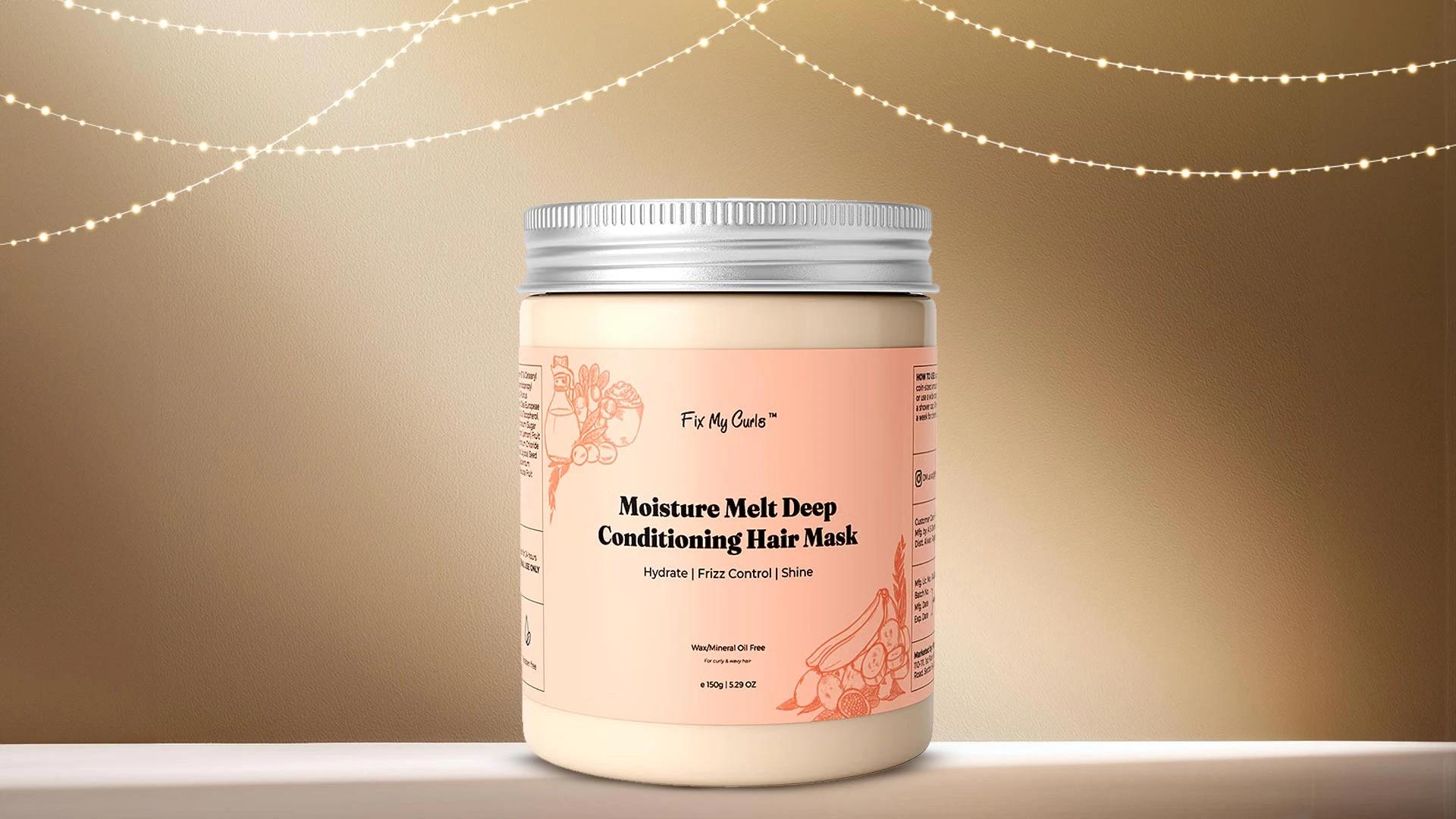Your hair's having a proper tantrum again, isn't it? That frizzy, dry mess that makes you want to hide under a beanie all day. Real talk—finding the best hair conditioner for dry and frizzy hair doesn't have to involve spending your entire month's budget. Sometimes the most brilliant solutions are hiding right in your kitchen cupboard. Making your own deep conditioning masks might sound like something your nan would suggest, but trust us, this DIY route could be your hair's new best friend. Plus, you'll know exactly what's going into those precious strands of yours.
Understanding Dry and Frizzy Hair
Let's get real about what's actually happening up there. Dry, frizzy hair is basically your hair crying out for moisture—it's parched, damaged, and desperately trying to grab humidity from the air around you. This happens when your hair cuticles are lifted or damaged, letting all the good moisture escape whilst letting the bad stuff (hello, humidity) sneak in. Heat styling, chemical treatments, over-washing with harsh shampoos, and even just genetics can turn your hair into a frizz fest. The result? Hair that feels like straw and looks like you've been struck by lightning.
Benefits of DIY Hair Conditioners
Here's why whipping up your own moisturising hair treatments makes total sense. First off, it's ridiculously kind to your wallet—you probably already have most ingredients at home. Unlike commercial products that might contain sulfates and other harsh chemicals, your homemade version is completely customisable. Got super dry ends but an oily scalp? You can tweak the recipe to suit your exact needs. Plus, you know exactly what's going on your hair—no mysterious ingredients that sound like they belong in a chemistry lab.
Essential Ingredients for the Best Hair Conditioner for Dry and Frizzy Hair
Right, let's talk about the MVPs of DIY haircare. **Coconut oil** is your moisture-locking hero—it actually penetrates the hair shaft rather than just sitting on top. **Argan oil** and **jojoba oil** are brilliant for smoothing those lifted cuticles and adding serious shine. For the ultimate hydrating boost, **aloe vera** gel is like a cool drink of water for thirsty hair, whilst **honey** acts as a natural humectant, pulling moisture from the air into your strands. Don't sleep on protein-rich ingredients like **eggs** and **yoghurt**—they help rebuild damaged hair structure from the inside out.
Step-by-Step Tutorial: Creating Your DIY Hair Conditioner
Time to get your hands dirty (well, oily actually). This recipe creates the ultimate anti-frizz hair treatment that rivals any expensive salon product.
Gathering Your Supplies


 200 gm
200 gm Combo
Combo Combo
Combo 200 ml
200 ml